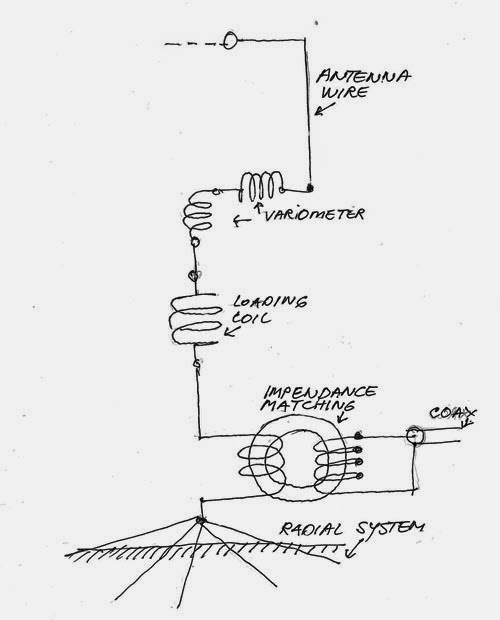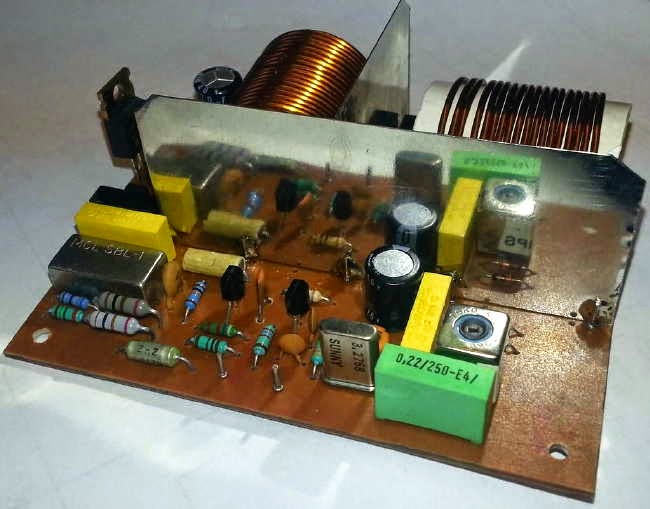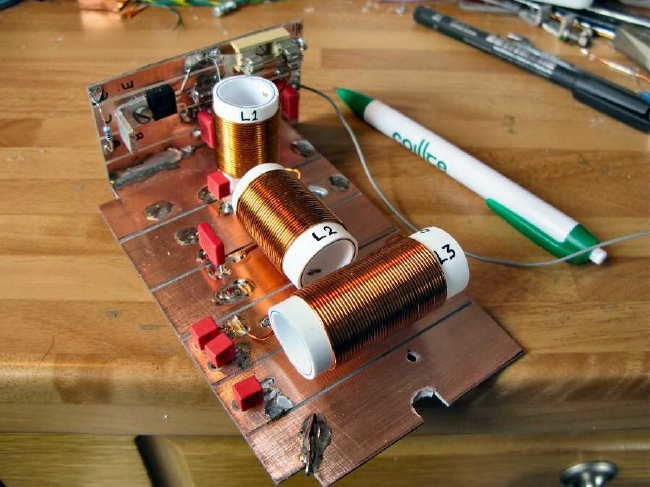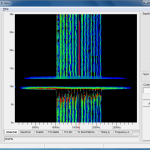 Milestone in blogging
Milestone in blogging
Today the number of hits on my blog just exceeded a quarter of a million. When I converted my old web pages to a blog I didn’t really expect this many readers, so I thank you all for each and every hit on one of my 106 blog posts.
I have been blogging here since May 2011. But I have actually 23 posts which are older than that as I copied posts from my old web pages and gave them the original date of publication. The oldest post actually dates back to 2001 and is the first modification I published for my Elecraft K2. That was the year when I got my ham radio license
These are the most popular posts:
- How to make a very cheap VHF receiver (2011)
- The best of the Baofeng handhelds (2013)
- QRPp: Ultra low power operation with the Pixie (2011)
- Scratchy Tivoli Model One (2013)
- Temperature compensation for an Arduino ultrasonic distance sensor (2014)
- A regenerative receiver for the 40 m band (2011)
Sverre Holm, LA3ZA, is a regular contributor to AmateurRadio.com and writes from Norway. Contact him at [email protected].
 Yet another shack clean up
Yet another shack clean up
As I've acquired more equipment I have found myself struggling for space and the cluttered workbench has prevented any proper construction.
Following a rearrangement in the house I had a spare 'desk' which I wanted to make of, so the plan was to move the workbench and put the new desk next to the existing desk. I had some bookshelves which were being used inefficiently and I almost threw them out but decided to make use of them by cutting them down and modifying to make new shelves to sit on the back of the desks.
I had another clean out and the remaining junk is now in large plastic storage boxes under the desk should it prove useful one day. It is still a little cluttered but I have much more room with proper access to my books and magazines.
It is a work in progress, but it is a much better place to work and operate in.
Andrew Garratt, MØNRD, is a regular contributor to AmateurRadio.com and writes from East Midlands, England. Contact him at [email protected].
 630m Resources – Part 1
630m Resources – Part 1

If you're thinking about getting something going for our new 630m band, the following web resources may be of help to you.
There are a couple of 630m transmitters available on the commercial market that I know of.
JUMA , in Finland, offers the TX500, an extremely well engineered 60W Class D CW transmitter in kit form.
 |
| JUMA TX500 Transmitter: http://www.jumaradio.com/juma-tx500/ |
 |
| VK3XDK Linear Transverter: http://www.vk3xdk.net46.net/ |
From the U.S.A., WA3ETD offers a Class D transverter (non-linear) in either prebuilt or kit form.
At 13.2VDC, an output of 19-22W is claimed from the single FET final amplifier. Full details can be viewed here.
 |
| MF Solutions Transverter: http://njdtechnologies.net/ |
Roger's (G3XBM) has been widely reproduced in the UK and makes a nice way to get on the band on CW or with WSPR. Although the final amplifier is non-linear, with a little experimentation, it could be put into a linear mode for PSK or the JT modes. Perhaps that is what M1GEO did, as his video shows the transverter being used on SSB.
 |
| M1GEO's Homebrew Version of the G3XBM Xvrtr |
 | ||
| Source: http://www.gw3uep.ukfsn.org/25W_QTX/QTX.htm |
Steve McDonald, VE7SL, is a regular contributor to AmateurRadio.com and writes from British Columbia, Canada. Contact him at [email protected].
 RSGB
RSGB
I have been a member of the Radio Society of Great Britain (RSGB) for 52 years now. When I first joined I was an SWL associate member – A3554 – as a young teenager. In those days you had to be proposed and seconded. Joining is much easier today. When I started there was just one licence. I took my RAE exam in 1966. It was on Friday 13th May as I recall. I attended RAE classes at Plymouth Tech every Monday night, catching the bus to Plymouth after school. Long gone days!
Over the years I have not always agreed with the RSGB’s decisions. In fact, quite recently, I did not like the decision worked up with OFCOM to allocate the 146-147MHz band to some UK amateurs by NoV. I think the RSGB could have got a much better deal for UK amateurs, but that is my personal view.
Despite this, the RSGB is our national society and deserves our support. Over the years they have supported UK amateurs very well and have a much better relationship with OFCOM than the ARRL has with the FCC in the USA where bands we have had access to for years are still not available! The monthly RadCom magazine is a good read with a mix of technical and non-technical articles.
So, if you are not an RSGB member and you live in the UK, may I encourage you to join?
See www.rsgb.org .
Roger Lapthorn, G3XBM, is a regular contributor to AmateurRadio.com and writes from Cambridge, England.
 Which is your favourite Baofeng (Pofung) survey results
Which is your favourite Baofeng (Pofung) survey results
Thanks to all those who took the time to do the survey:
| |||||||||||||||||||||||||||||||||||||||||||||||||||||||||||||
Steve, G1KQH, is a regular contributor to AmateurRadio.com and writes from England. Contact him at [email protected].
 LHS Episode #136: Introduction to FreeDV
LHS Episode #136: Introduction to FreeDV
 Hello, everyone! We are back again with another fun and informative episode of Linux in the Ham Shack. In this episode, your hosts discuss solar flares, lots of space weather, stable and easy-to-install Linux distributions, H.R. 4969, Quentin Tarantino, dinner rolls and the amazing and fun new transmission mode for HF known as FreeDV. Don’t miss a second of this action-packed episode.
Hello, everyone! We are back again with another fun and informative episode of Linux in the Ham Shack. In this episode, your hosts discuss solar flares, lots of space weather, stable and easy-to-install Linux distributions, H.R. 4969, Quentin Tarantino, dinner rolls and the amazing and fun new transmission mode for HF known as FreeDV. Don’t miss a second of this action-packed episode.
73 de The LHS Guys
Russ Woodman, K5TUX, co-hosts the Linux in the Ham Shack podcast which is available for download in both MP3 and OGG audio format. Contact him at [email protected].
 Amateur Radio Newsline Report 1945 November 21 2014
Amateur Radio Newsline Report 1945 November 21 2014
- Malaysia shows its support of ham radio emergency communications
- Unidentified German ham takes on Russian military communications
- Japan announces a deep space satellite missions
- New DMR experiments take place down – under
- Space junk turns out to be a new Russian satellite















